Christmas in the Philippines
Christmas in the Philippines has no equal. Filipinos probably observe the longest Christmas season in the whole world. The official start is placed at the first day of the Simbang Gabi at December 16 and ends at Epiphany or the Feast of the Three Kings at the first Sunday of January the following year. However, Filipinos have been known to get into the Christmas mood as early as September which is the first of the so-called “ber months” or months ending in “ber”.
History of Christmas in the Philippines
Because of Christmas’ association with the Catholic religion in the Philippines, it is widely believed that Christmas was first celebrated during the rule of Miguel Lopez de Legazpi in 1565. However, there are records that would show that a Nativity Mass was held in 1521 by an Italian priest supposedly on the shores of Pangasinan. It has to be noted though that prior to the coming of these foreign personalities, Filipino natives have already been practicing thanksgiving rituals of more or less a similar nature.
The long history of the Philippines as a colonized country resulted to a Philippine Christmas that is a rich mix of cultures and traditions. From the Spanish, the Filipinos got the Misa de Gallo, the Noche Buena and Media Noche, the Belen, and the parol. The Americans introduced the Filipinos to Sta. Claus, chestnuts, snow, Christmas cards and carols. Influences of other cultures are more subtle but have blended quite easily with the Philippine culture especially those that came from neighboring countries.
The Religious Aspect of Philippine Christmas
Most, if not all, religious practices related to Christmas as done in the Philippines originate from the practice of the Catholic religion. The traditional Simbang Gabi consists of nine dawn masses typically heard at four in the morning. Current practice has also accommodated the evening masses for those who find it difficult to attend the dawn masses. This is a practice that spans three centuries and started when a Spanish priest gathered farmers for a thanksgiving ritual that coincided with Christmas.
Christmas for the Catholic Filipinos is the celebration of the birth of Jesus Christ. Thus, all surrounding activities are more or less related to this belief. All the rest are considered trimmings for an event that is founded on faith.
The Cultural Aspect of Philippine Christmas
Since the Philippines has been exposed to other cultures as well because of subsequent colonization, absorbing other Christmas practices was inevitable. The practice of the Noche Buena and Media Noche, giving aguinaldo or gifts by godparents, the Panunuluyan , and displaying Christmas ornaments such as parol are hold-over practices from Spanish influence. Aside from those mentioned above, the Americans also gave us the Christmas tree, candy canes, and the reindeers. Asian neighbors lent their exotic food and use of firecrackers.
Christmas is a time for the Filipino family to be together. Those who are working or permanently residing abroad usually take this time to come home. Those who are unable to do so usually burn the telephone lines or try to be with their family through the Internet.
My Say
Philippine Christmas is something to be experienced to be truly understood. It is unique, joyful, and memorable and it has come on its own. There is nothing like Christmas in the Philippines.
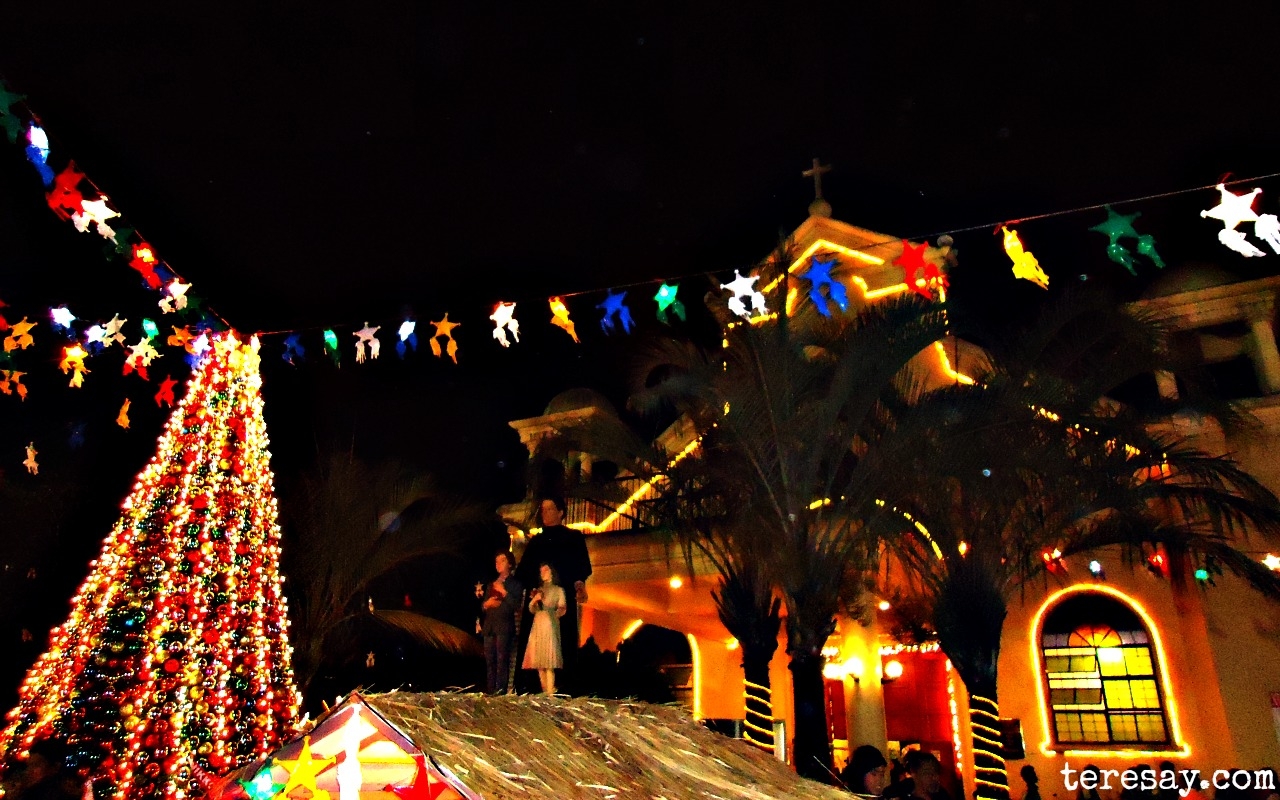


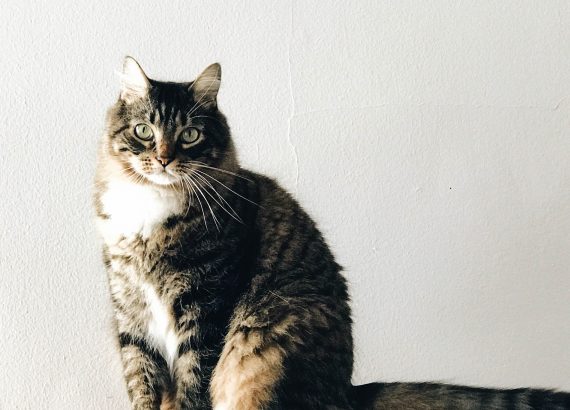
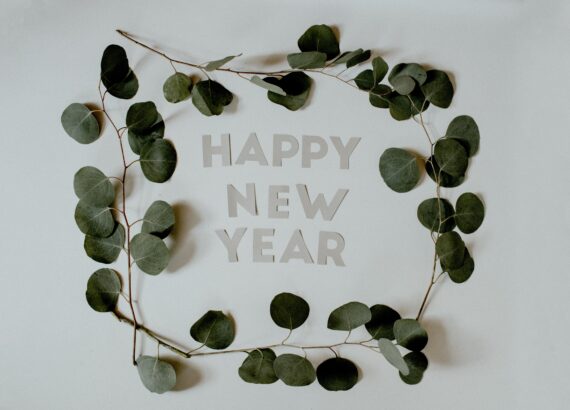

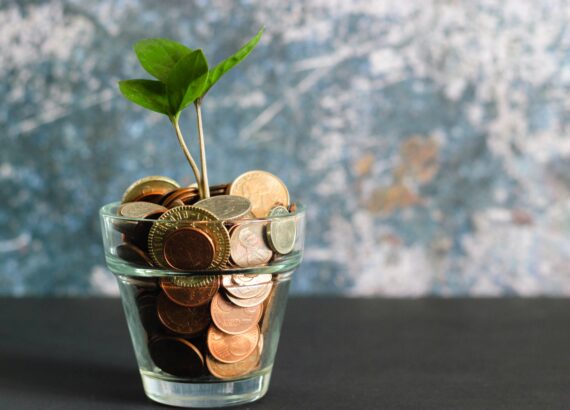
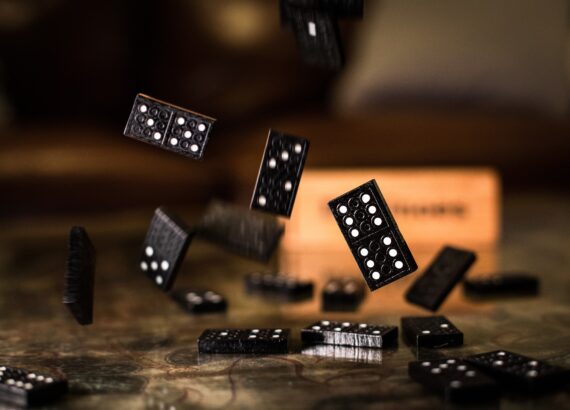


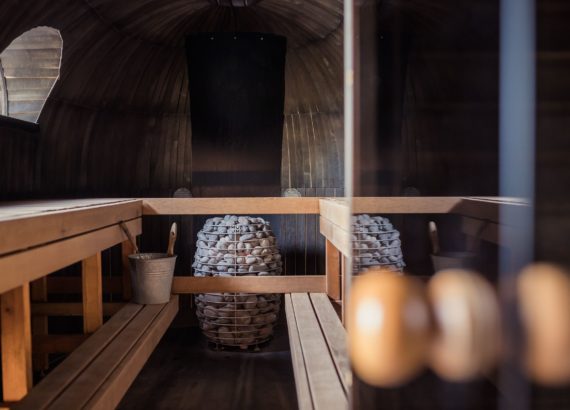
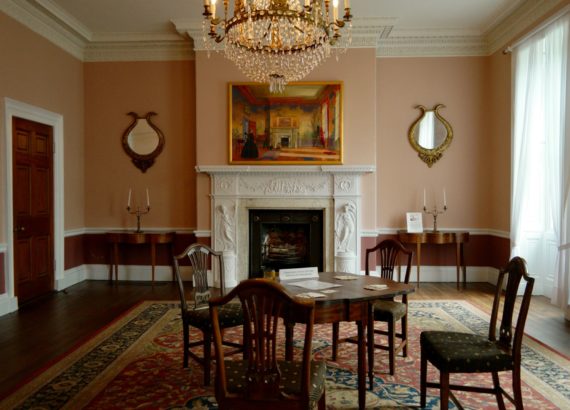

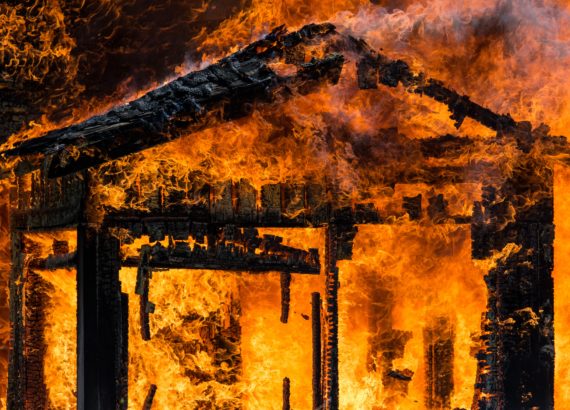
Shengkay
YuUp..i think christmas is really unique in our Country..walang katulas as in..kaya hindi ko ipapapalit ang pasko sa Pinas…
Teresa Martinez
I am in complete agreement with you.
Nova
nothing beats the way we Filipinos celebrates Christmas, the kind of culture we had is truly one awesome that’s why i never hesitated to go home during Chistmas instead of other months….
Teresa Martinez
My relatives who now live in other countries share your view about his.
chicalgene
I really love celebrating Christmas in our country! Nothing compares!
Teresa Martinez
That is what my relatives who are staying in other countries always say.
JessicaWCassidy (@wifetoalineman)
I miss celebrating Christmas in the Philippines 🙁 this is my 10th year 🙁 hope someday my kids can experience it there someday 🙂 I miss the Simbang Gabi and the kids caroling 🙁
Teresa Martinez
I hope you will have that chance soon since I know it will be a good experience for your kids.
lencilicious
It is indeed no equal. Wish I can celebrate it in the Philippines every year.
Teresa Martinez
Every chance you get to celebrate it here is something to be cherished.
Mhie@travelentz
I miss Christmas in the Philippines.How I wish to celebrate next year in my family.
Teresa Martinez
May your wish come true very soon.
betchai
indeed Christmas in the Philippines is no equal, we have our unique way of celebrating and bringing merriment to the celebration. I miss the simbang gabi, I mean the hot rice cakes after a mass 🙂
Teresa Martinez
There are things we will always look forward to during Christmas here in the Philippines.
kulasa
Merry Christmas from my family to yours…May your home be filled with love, peace and harmony all the days of your life. Indeed Christmas in the Philippines is like no other 🙂
Teresa Martinez
Merry Christmas to you and your family as well!
Dhemz
Christmas celebration in the Philippines is incomparable….I miss celebrating Christmas in pinas.
Teresa Martinez
Christmas in the Philippines calls out to Filipinos overseas because of tradition.
Rovie
It is indeed a Christmas like no other! It is always a joyful season for every Filipino family from all walks of life.
Teresa Martinez
Economic status does not prevent anyone from enjoying Christmas as long as everyone appreciates what they have.
Chubskulit Rose
THe religious aspect of the Christmas in the Philippines is what I am missing here.
Teresa Martinez
This is one aspect missing in Christmas celebrations in other countries.
papaleng
The pros outweighs the cons for having a long Christmas celebration. The sad part lang is.. maraming tumataba kapag Pasko. 🙂
Teresa Martinez
Weight gain has indeed become an ongoing concern during holidays.
Lainy
Christmas for me is an everyday occurrence. Though we don’t celebrate it in a fashion the way Catholics do, we try to imbibe the spirit of loving and giving in our daily lives. That for me is the true essence of Christmas.
See you around!
Teresa Martinez
Everyone has a personal way of celebrating Christmas.
Ria C
I agree with you Teresa. There’s nothing like Christmas in the Philippines. That’s why this year, we’re spending it there with family and friends.
Teresa Martinez
I hope you and your family experience the best Christmas season ever.
Erwin Geli
Every Christmas, I gained weight. huhuhuh! I hope I can control my cravings this time.
Teresa Martinez
he holiday season and the battle of the bulges seem to be discussed in the same breathe more often than not.
Dorry Lyn
yeah the longest holiday is Christmas and i love it
Teresa Martinez
I love the Christmas season too.
Gven-Rose
you are right Philippines has a longest Christmas celebration in the whole world..putting Christmas decor starts in the month of September
Teresa Martinez
That is why Christmas is the most awaited event for the whole year. The feeling of hope for better things to come probably inspires many people to start the celebration early.
Chie
I agree, Christmas in the Philippines is the best and the most joyous for it is all about family unity, it is about the joy of being together with the family and loved-ones despite the simple preparation, it is about Christ and his birth. I like the Misa de Gallo, and I would say, I am thankful to those who brought that tradition to us for it makes Christmas heartfelt.
Teresa Martinez
My siblings abroad still yearn for the Christmas here so obviously there is something about the Christmas spirit here that cannot be found elsewhere.
Hyanne
Christmas in the Philippines is really far from the celebration abroad like here it is just a normal day because not all Koreans celebrate Christmas Day.
Teresa Martinez
It is quite different to spend Christmas here in the Philippines.
jheylo
we don’t celebrate christmas for religious reason and yes i know that Filipinos celebrate christmas and as a matter of fact it is one of the huge occasion to many.
Teresa Martinez
For most Filipinos, celebrating Christmas is just one of the many joys they cannot afford to fore-go.
Chubskulit Rose
THere’s so many things that I miss about Pasko in the Philippines. For one, it is more religious centered and not commercialized. THen, Christmas songs can be heard once ber-months starts, and then I miss the foods, the parols, and the… I can go on and on, I miss HOME!
Teresa Martinez
Your words say it all, You miss HOME!
Tess Chancellor
RIGHT, there is nothing like Christmas in the Philippines.Each country’s celebrates Christmas differently but the important thing is the Spirit in it.
Teresa Martinez
Filipinos can always identify with this like how other nationalities can identify with their own celebrations.
mharms
I cannot wait for our vacation next month. I truly missed celebrating Christmas in PI. The Christmas cheer in the air starts in September 🙂
Marms